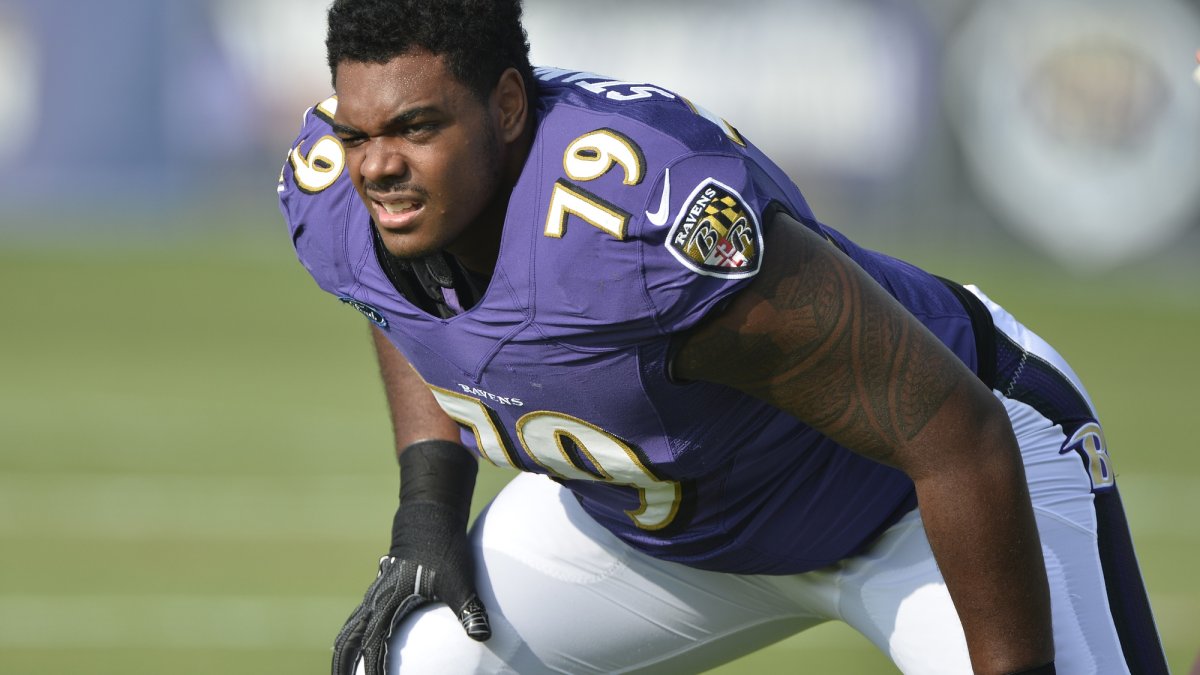When Bill O’Brien and the Texans traded for Laremy Tunsil leading into the 2019 season, most agreed that he’d thrown caution to the wind, sending multiple first-round picks and a second-rounder for the services of Tunsil, wide receiver Kenny Stills and a fourth-round pick. The trade was also highly questioned, as many analysts saw Tunsil as 11th or 12th best left tackle in the NFL, or outside of the top tier at the position.
[Editor's Note: All of PFF's advanced stats and grades for every NFL player are made available in PFF's ELITE subscription. Subscribe today to gain access!]
Not even halfway into the season, perceptions have shifted on the value of the Texans’ trade and Tunsil as a player. Tunsil has ascended to the best left tackle in the NFL in the minds of many, with a hyper-focus on recent results.
Deshaun Watson, who had the third-highest sack rate last season (10.9%), has only been sacked three times in the last three weeks (2.7%). Tunsil has the second-highest PFF pass-blocking grade of any tackle this season (89.8), and he jumps into the No. 1 spot (91.9) if you exclude a rough Week 1 game with limited practice time.
If Tunsil is now playing at the level of the best tackle in the NFL, should we expect him to continue playing at that level? The most recent evidence is the most relevant to forecasting future results, but it isn’t all that matters. Even if you know that you should account for early evidence in your projection, the difficulty lies in how much to weigh what’s happened in the more distant past.
While there are many ways to weigh the last and present evidence in our minds, a formal statistical technique exists that incorporates everything from our expectations of a player based on draft position and all his play in the NFL. This technique is Bayesian updating, which I used last week to answer the question of whether or not Deshaun Watson, after outperforming Patrick Mahomes in PFF pass grade this season, is now the best young quarterback in the NFL.
You can find the details behind Bayesian inference, and the particular technique of updating a range of outcomes with evidence to form a new range of outcomes, in the quarterback data study. For quick reference, the technique involves:
- Establishing a baseline range of outcomes for all players based on historical career results, which in Bayesian inference is our prior beliefs.
- Adjusting those prior beliefs for draft positions, as higher drafted players generally perform better in the NFL than those drafted later.
- Updating our prior beliefs with evidence, which in the case of this study, are the pass-blocking grades for tackles in the NFL, with decreasing weight for results further in the past.
- Arriving at posterior beliefs based on the combination of prior beliefs and NFL evidence.
Exclusive content for premium subscribers

WANT TO KEEP READING?
Dominate Fantasy Football & Betting with AI-Powered Data & Tools Trusted By All 32 Teams
Already have a subscription? Log in



 © 2025 PFF - all rights reserved.
© 2025 PFF - all rights reserved.